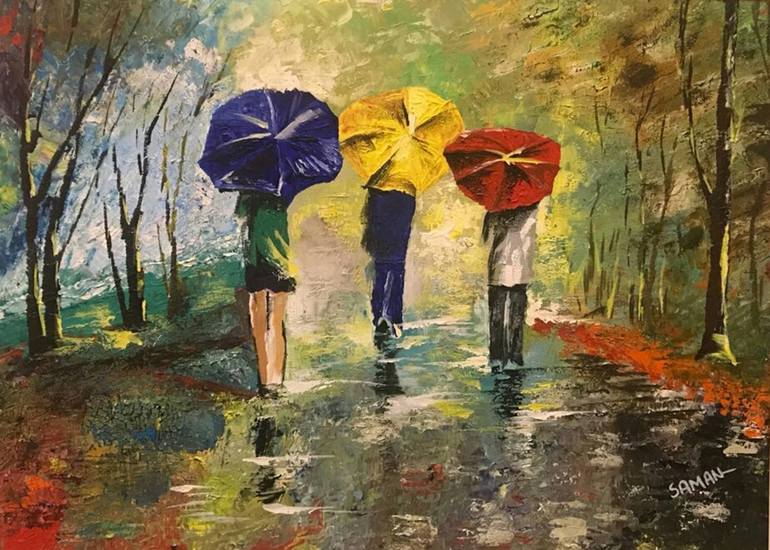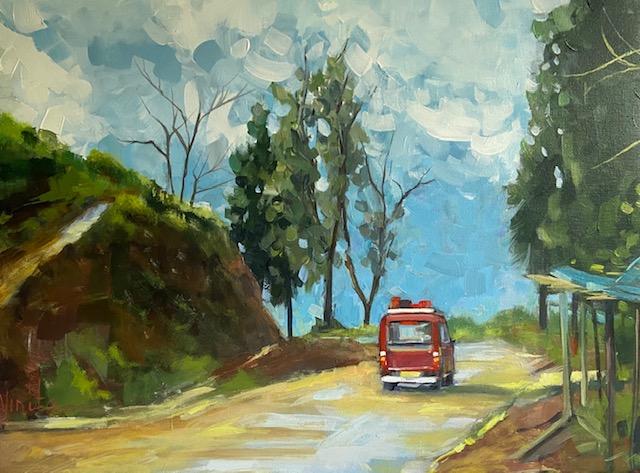Memory-Inspired Journey Art: A Captivating Exploration for Photographers
In a world brimming with digital images and fleeting moments, the concept of memory-inspired journey art offers a unique opportunity for professional photographers to create meaningful and lasting works. This art form not only captures the essence of travel and memory but also provides a canvas for photographers to explore and express their personal experiences. As we delve into this fascinating subject, you'll discover how to transform your photographs into compelling narratives that resonate with viewers and evoke powerful emotions.

Understanding Memory-Inspired Journey Art
The essence of memory-inspired journey art lies in the fusion of travel experiences with artistic expression. It's about capturing the spirit of a journey, preserving the essence of a moment, and transforming it into a work of art. For professional photographers, this means going beyond simply clicking the shutter button. It involves a deep understanding of the stories behind the images and the emotions they evoke.
Photography, as a medium, is uniquely suited to this form of art. It allows photographers to document their travels, capturing both the grand and the mundane, and weaving them into a cohesive narrative. This type of art not only reflects the photographer's technical skills but also their ability to convey emotions and stories through their lens.
Capturing the Essence of a Journey
One of the key elements of memory-inspired journey art is capturing the essence of a journey. This involves more than just photographing landmarks or picturesque landscapes. It's about immersing yourself in the culture, observing the details, and connecting with the people you encounter. By doing so, you can create images that tell a story and evoke a sense of place.
Consider incorporating elements such as local customs, architecture, and everyday life into your photographs. These details not only add depth to your work but also provide context for viewers who may not be familiar with the location. By focusing on these elements, you can create a visual narrative that transports viewers to the place and moment you experienced.
Transforming Memories into Art
Transforming memories into art is at the heart of memory-inspired journey art. This process involves selecting the most impactful images from your travels and enhancing them through post-processing techniques. Whether you prefer a minimalist approach or a more dramatic style, the goal is to emphasize the emotions and stories behind each photograph.
Experiment with different editing styles to find the one that best conveys your vision. You might choose to highlight the vibrant colors of a bustling market or the serene tones of a quiet landscape. The key is to maintain the integrity of the original scene while enhancing the emotional impact of the image.
For more insights on creating travel-inspired art, explore travel-inspired painting ideas that can further fuel your creativity.
Creating a Narrative Through Photography
Another critical aspect of memory-inspired journey art is the ability to create a narrative through your photographs. This involves selecting a series of images that, when viewed together, tell a cohesive story. Consider the progression of your journey and how each image contributes to the overall narrative.
Begin by curating a collection of photographs that reflect different aspects of your experience. This might include images of the locations you visited, the people you met, and the emotions you felt. Arrange these images in a way that guides viewers through your journey, allowing them to experience the highs, lows, and everything in between.
For inspiration on creating narratives, check out painting memorable locations that can provide fresh perspectives on storytelling through art.
Connecting with Your Audience
One of the most rewarding aspects of memory-inspired journey art is the ability to connect with your audience on a personal level. By sharing your experiences and emotions through your photographs, you invite viewers to engage with your work and reflect on their own memories and journeys.
Consider incorporating personal anecdotes or reflections into your art to provide context and deepen the connection with your audience. This can be done through captions, accompanying text, or even exhibitions where you share the stories behind your images.
Additionally, explore the concept of art from travel experiences to see how other artists and photographers have successfully connected with their audiences through their work.
Conclusion: Embracing Memory-Inspired Journey Art
As professional photographers, the journey of creating memory-inspired journey art is a fulfilling and transformative experience. It challenges you to go beyond technical proficiency and explore the emotional and narrative aspects of your work. By capturing the essence of your travels and transforming them into compelling art, you create a lasting impact on both yourself and your audience.
Embrace the opportunity to tell stories through your lens, and let your photographs serve as a testament to the beauty and diversity of the world around us. For more tips and insights, explore the concept of travel-inspired nostalgia in art that can enrich your artistic journey.

FAQ Section
What is memory-inspired journey art?
Memory-inspired journey art is a creative approach that combines travel experiences with artistic expression. It involves capturing the essence of a journey through photography and transforming it into a cohesive narrative that evokes emotions and tells a story.
How can photographers benefit from memory-inspired journey art?
Photographers can benefit from memory-inspired journey art by exploring new ways to express their creativity and connect with their audience. This art form encourages photographers to go beyond technical skills and focus on storytelling and emotional impact, resulting in more meaningful and engaging work.
What techniques can be used to enhance memory-inspired journey art?
To enhance memory-inspired journey art, photographers can experiment with various post-processing techniques to emphasize the emotions and stories behind their images. Additionally, incorporating personal anecdotes and reflections can deepen the connection with the audience and add context to the work.

